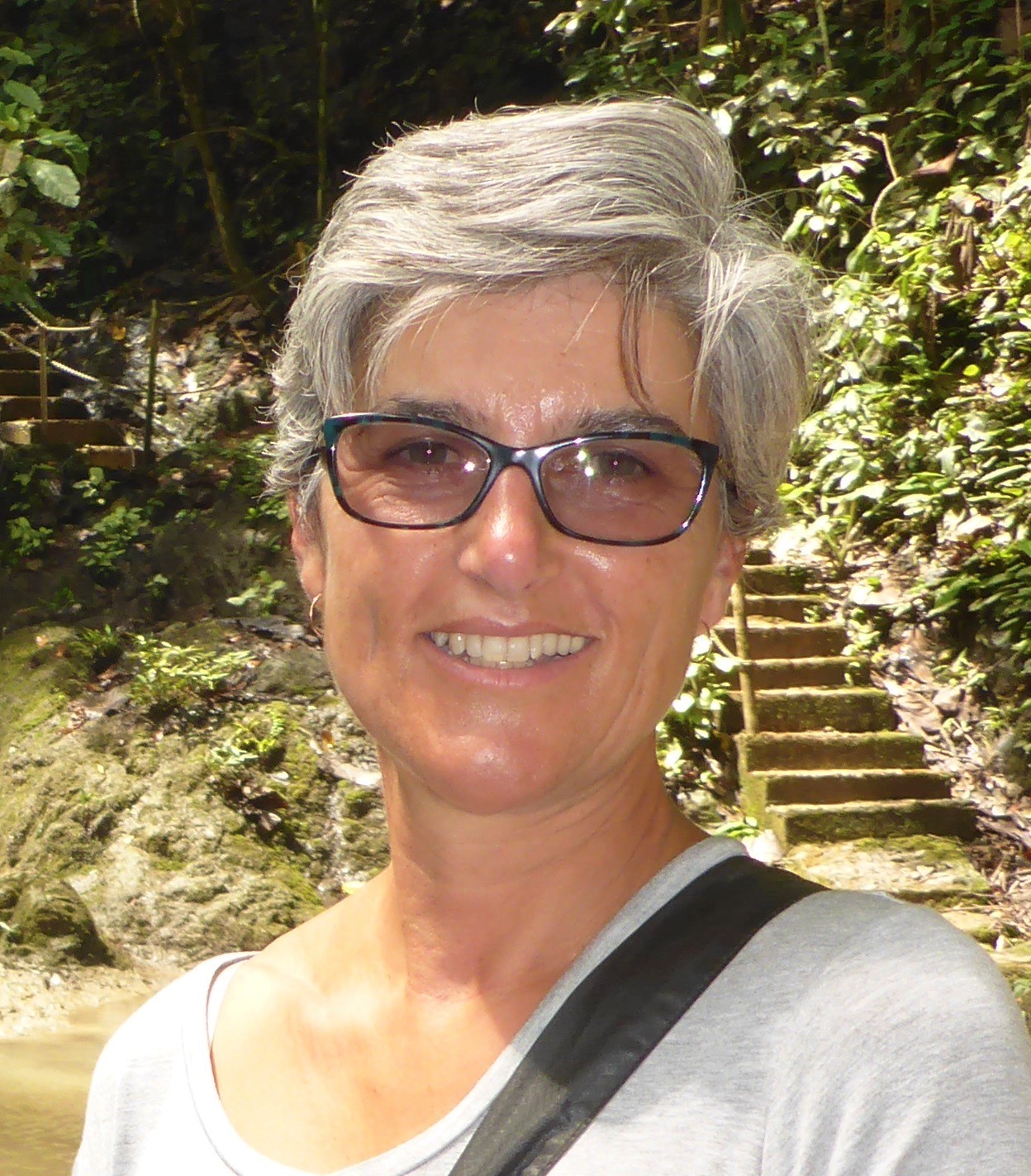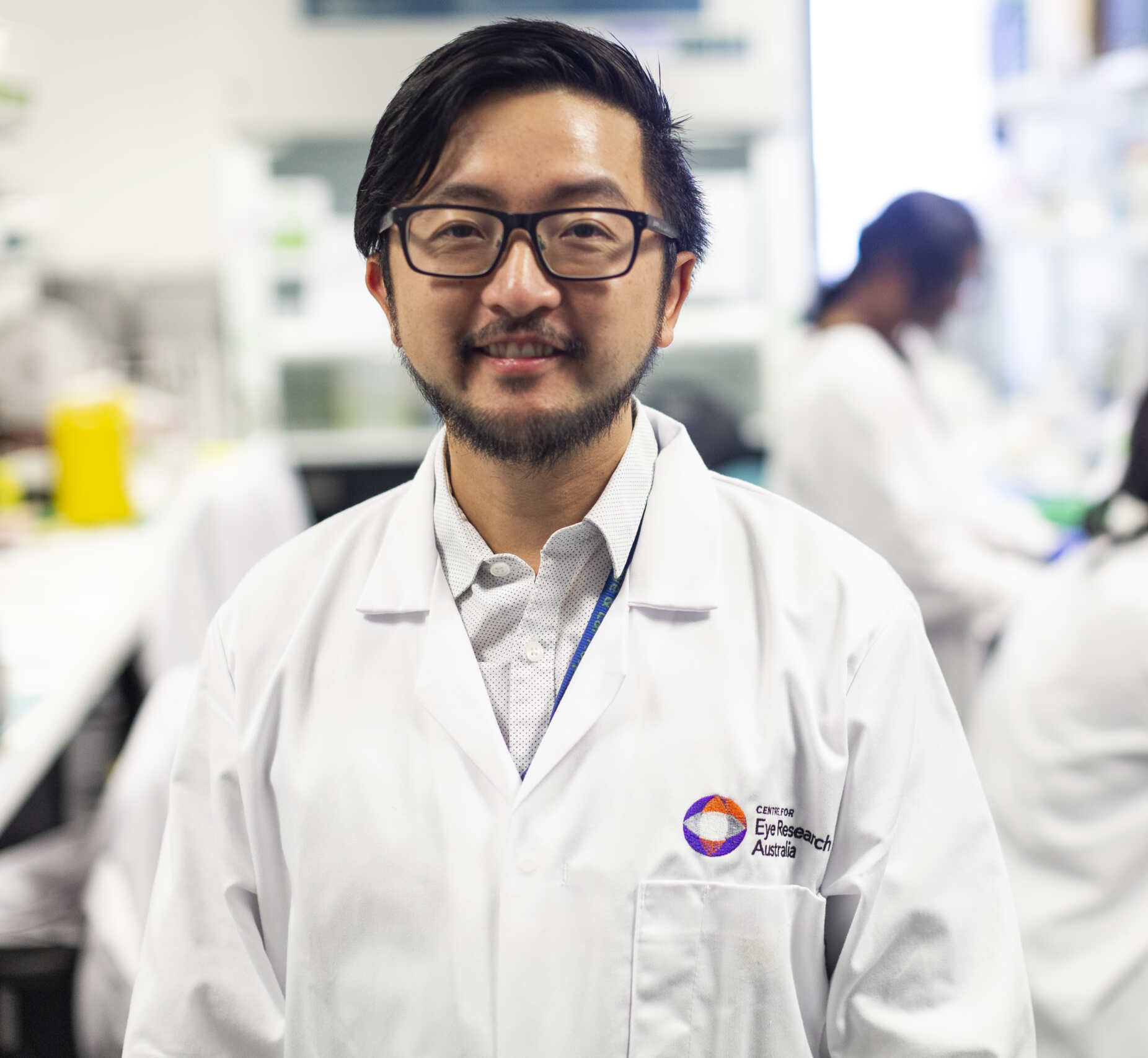14 November, 2023
Hot Off The Press
By analysing 6,000 different proteins found in fluid from the human eye, researchers have identified 26 proteins which are relevant to the aging of cells in diabetic retinopathy, RP, and uveitis. This process could be individualised in the future, with the defective proteins being identified and treated early on in a disease process… potentially even before loss of sight.
Incredibly there is a whole new future out there for contact lenses. Currently as we know, they are used for vision correction, cosmetic and medical reasons, but what do you think about a “Smart Contact Lens” (SCL)?! This is a lens equipped with electronic components so that it can measure biometrics; it can be impregnated with medications for treatment for many conditions; and it can also be used as a bionic eye for inherited retinal diseases.Does it sound too good to be true?
Phenomenal!The next-generation smart glasses will have “acoustic touch”. This means that those with severely impaired vision will be able to look at an object, and the glasses will translate the image into a sound. When the wearer looks at leaves for instance, they will hear a rustle, or if they are looking at (for!) their phone, they might hear a buzz. Or they might get a commentary on their surroundings as they look around. I love it.
The Euretina meeting this year was held in Amsterdam, the Netherlands with 8,000 registrants attending in-person. This is one of the biggest retina conferences in Europe and here are a few useful take-home messages for us.
Dr Astrid Plomp from the Erasmus Medical Center presented on the importance of genetic counselling for IRDs and the need for a multidisciplinary team in the diagnosis and management of IRDs. (We know this, but it is nice to think that the researchers are thinking about it too.)
Prof Rob Collin from Radboud UMC, the Netherlands presented the challenges and future opportunities of gene-therapy based clinical trials in IRDs with a particular example of antisense oligonucleotide therapy. He says that antisense oligonucleotides are emerging as a promising therapy for IRDs. This therapeutic strategy is different from gene augmentation therapies in the sense that they do not aim to manipulate the gene but try to correct the pre mRNA splicing mechanism during the process of translating double stranded DNA to a single stranded RNA.
Prof. Dominik Fischer from the University of Oxford said that the treatment Voretigene Neparvovec significantly increased retinal sensitivity and mobility in patients receiving gene therapy compared to untreated individuals, with effects lasting at least a year and up to 7.5 years. However, he noted that early intervention is crucial, as later treatments may improve vision but not stop photoreceptor degeneration, emphasizing the pioneering yet challenging nature of gene therapy in IRDs.
Dr Kapetanovic introduced robotic surgery as a promising method to improve the precision of subretinal gene therapy delivery.
These conferences are hugely important in my opinion, as they allow the researchers to share their knowledge, and to network socially and professionally. With the researchers working closely together, the outcomes for us can only be good, surely!
I particularly love the smart contact lenses and the acoustic touch. As computer technology moves so fast these days, I wonder if we will see these in general use sooner than we see the biological therapies. It is wonderful having so many treatments on the horizon, but we are all impatient to have treatments that we can use VERY soon!!
Guest writer – Dr Catherine Civil
My name is Dr Catherine Civil. I have been associated with Retina Australia since the early 2000s. At that time, they were called WARPF, or the WA Retinitis Pigmentosa Foundation. WARPF were raffling a car in a shopping centre, and it caught my eye because my dad and my uncle both had Retinitis Pigmentosa. Being a doctor and a parent, I had a particular interest and awareness, not just of the disease, but of the fact that there was a significant risk that I or my children or my relatives might have inherited it.
I turned up at an AGM and found myself on the Board and engaged in fundraising. I spent several years on the Board and met some wonderful people, and I was even Chairman for a couple of years. When I left, I started writing the “Hot off the Press” research update column for the newsletter.
I arrived from the UK in the early 1990s with my husband and twin baby girls to live in Perth for a year for a bit of sunshine and fun, and we find ourselves still having fun in WA 30 years later, and with a grown son as well.




